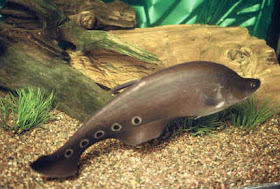The red-billed blue magpie is a species of bird in the crow family Corvidae. It is about the same size as the European magpie but has a much longer tail, the longest tail of any corvid. It is 65–68 cm (26–27 in) long and weighs 196-232 grams.The bird head, neck and breast are black with a bluish spotting on the crown. The shoulders and rump are a duller blue and the underparts are a greyish cream and the long tail is a brighter blue (as are the wing primaries) with a broad white tip. The bill is a bright orange-red as are the legs and feet and a ring around the eye. This red can vary across its range to almost yellow in some birds and food is sought both in trees and on the ground. It takes the usual wide range of food, such as invertebrates, other small animals, and fruit and some seeds. It robs nests of eggs and also chicks.
The blue magpie is unafraid of people. Their traces can be found in proximity to human residences in the mountains or newly cultivated lands. They are gregarious and are usually found in groups of six or more, gliding and shuttling in the woods. When flying in a group, the birds tailgate each other. Sometimes they may be seen strung out as if in line and it was a high pitched cackling chatter, "kyak-kyak-kyak-kyak". Females incubate eggs while males help out with nest building and feeding. Their nests are usually found in the woods and weeds rendezvous areas and are mostly built on higher branches from March to April. The nest shapes like a bowl and is weaved with twigs and weeds,usually there are 3–8 eggs in a clutch. Eggs are olive green in color, with dark brown marks. Hatching takes 17–19 days and the success rate is 78.3%. This will yield 3–7 chicks per nest. Taiwan blue magpies have a strong nest defense behaviour, and will attack intruders mercilessly until they retreat.for more images.....





















































